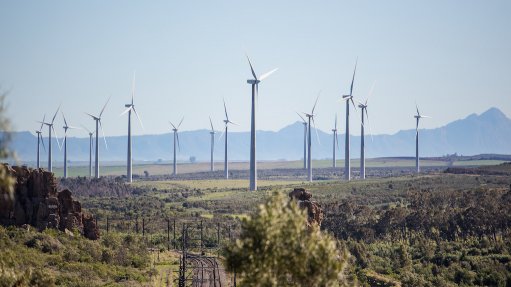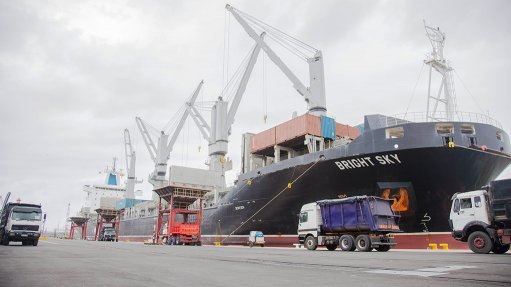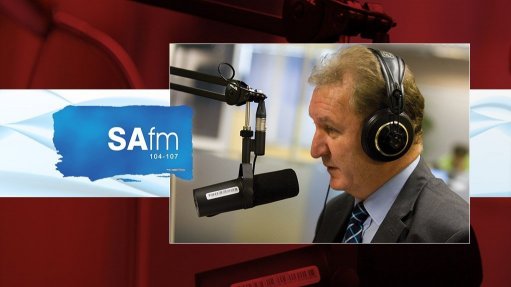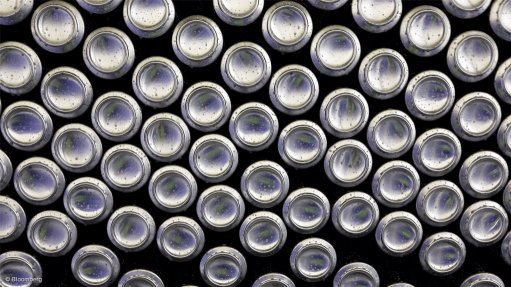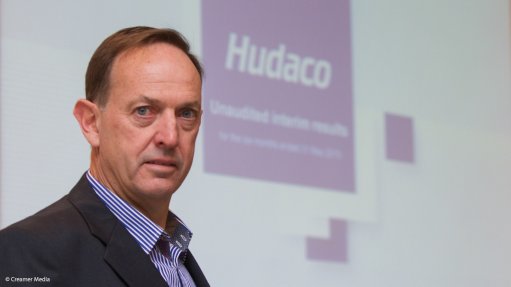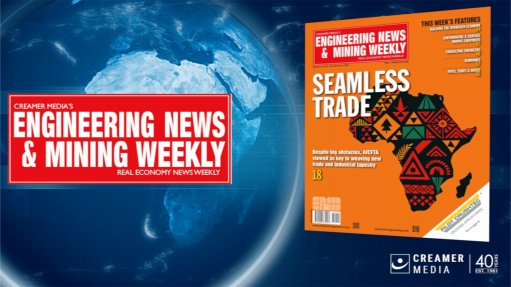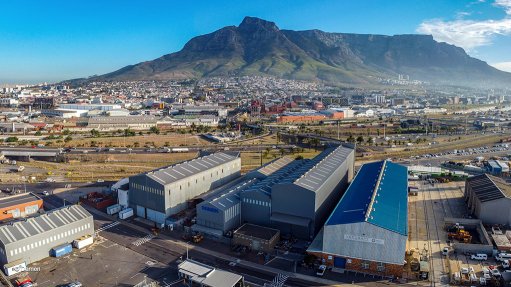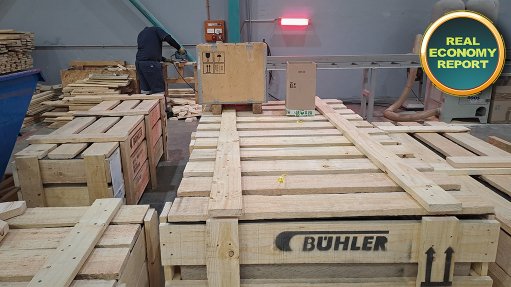Defence industries association calls for greater investment in the underfunded SANDF
South African Aerospace, Maritime and Defence Industries Association (AMD) CEO Sandile Ndlovu has issued an open letter to the country’s next (and currently not yet known or appointed) Defence Minister, calling for urgent and significant investment in the country’s defence force. (Following the recent national elections, in which no party gained a majority, the creation of a so-called Government of National Unity – in reality, a broad-based, or “Grand” coalition – is currently being negotiated, meaning that currently there is no confirmed Defence Minister.)
“As the country enters an era of a Government of National Unity, we are hopeful that this transition will come with renewed commitment to the prioritisation of the safety and security of our people,” he writes, at the start of the letter, to whoever the next Defence Minister will be. “As you take up this role, you will be faced with an urgent and crucial task: revamping our national defence capabilities to effectively address both our internal and external safety and security challenges. This endeavour will require a comprehensive approach to various pressing issues within South Africa’s defence portfolio.”
Far from the least of these pressing issues is the underfunding of the South African National Defence Force (SANDF). South African defence spending amounts to only 0.7% of its gross domestic product (GDP), while the international norm is 2% of GDP, he points out. This means that the SANDF is unable to replace obsolete equipment or adequately fund training, and that the result is that it is suffering from severe limitations on its operations. “These issues have compromised our ability to protect South Africa’s territorial integrity and support State security services,” he highlighted.
AMD is advocating a three-pronged approach to restoring the situation. First, the capabilities of the SANDF have to be enhanced. Second, the State must partner with the private sector to source financing to enable innovation in, sustainable development of, and efficient, defence capabilities. And, third, buying locally designed and developed equipment and systems, to revitalise the country’s defence and security industries, and so advance the country’s technology base, develop skills and create jobs.
To these ends, the association is calling for the country’s defence budget to be increased to “at least” 1% of GDP, to overcome the deleterious effects of previous budget cuts and to neutralise the effect of inflation.
“We are aware of the country’s strained budgets, and we have therefore proposed a private-public funding model,” affirmed Ndlovu. “This model aligns with the global trend of engaging the private sector in defence funding, allowing for innovation, efficiency, and sustainable military capabilities. It offers a pragmatic and immediate solution to our fiscal constraints; it provides for a payment plan that allows private companies to assume the financial responsibility for developing and delivering military systems and government paying for these systems over an extended period.”
At the moment, some 95% of the weapons and equipment developed and produced by the South African defence industry are exported. While this means that the industry is currently a global success, for it to continue to flourish it needs a solid domestic market.
“South Africa’s national interest is a delicate balance of competing priorities,” he writes. “We do believe that an investment in the sector can play a role in contributing to the relief of our country’s human security challenges. Our industry has the potential to contribute 3.5% to our GDP, which would make a meaningful contribution toward addressing our socioeconomic challenges.”
Comments
Announcements
What's On
Subscribe to improve your user experience...
Option 1 (equivalent of R125 a month):
Receive a weekly copy of Creamer Media's Engineering News & Mining Weekly magazine
(print copy for those in South Africa and e-magazine for those outside of South Africa)
Receive daily email newsletters
Access to full search results
Access archive of magazine back copies
Access to Projects in Progress
Access to ONE Research Report of your choice in PDF format
Option 2 (equivalent of R375 a month):
All benefits from Option 1
PLUS
Access to Creamer Media's Research Channel Africa for ALL Research Reports, in PDF format, on various industrial and mining sectors
including Electricity; Water; Energy Transition; Hydrogen; Roads, Rail and Ports; Coal; Gold; Platinum; Battery Metals; etc.
Already a subscriber?
Forgotten your password?
Receive weekly copy of Creamer Media's Engineering News & Mining Weekly magazine (print copy for those in South Africa and e-magazine for those outside of South Africa)
➕
Recieve daily email newsletters
➕
Access to full search results
➕
Access archive of magazine back copies
➕
Access to Projects in Progress
➕
Access to ONE Research Report of your choice in PDF format
RESEARCH CHANNEL AFRICA
R4500 (equivalent of R375 a month)
SUBSCRIBEAll benefits from Option 1
➕
Access to Creamer Media's Research Channel Africa for ALL Research Reports on various industrial and mining sectors, in PDF format, including on:
Electricity
➕
Water
➕
Energy Transition
➕
Hydrogen
➕
Roads, Rail and Ports
➕
Coal
➕
Gold
➕
Platinum
➕
Battery Metals
➕
etc.
Receive all benefits from Option 1 or Option 2 delivered to numerous people at your company
➕
Multiple User names and Passwords for simultaneous log-ins
➕
Intranet integration access to all in your organisation






